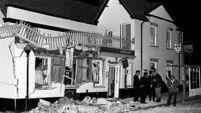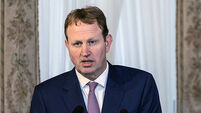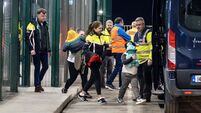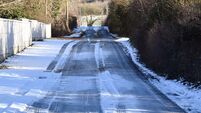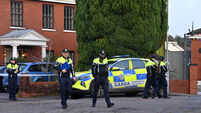A tale of two cities: Does Cork City Council spend more on the northside or southside?
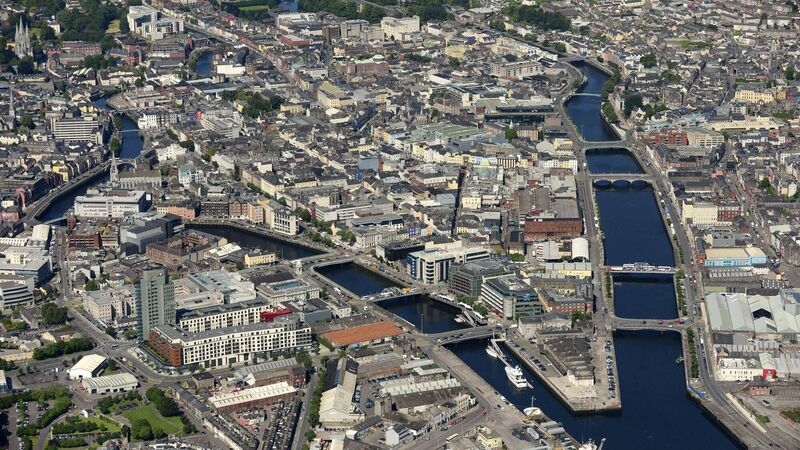
Census 2022 figures show the population of Cork City is 222,333. Picture: Denis Scannell
It’s a tale of two cities but not as you would expect. The northside of Cork city is set to get more State investment per capita than the southside, according to a major new analysis of funding over almost a decade.
People living on the northside will see almost €1,000 more in capital investment per head compared to those living south of the Lee between 2017 and 2026, undermining a key Sinn Féin argument this year that the northside suffers from a distinct geographical funding imbalance.





